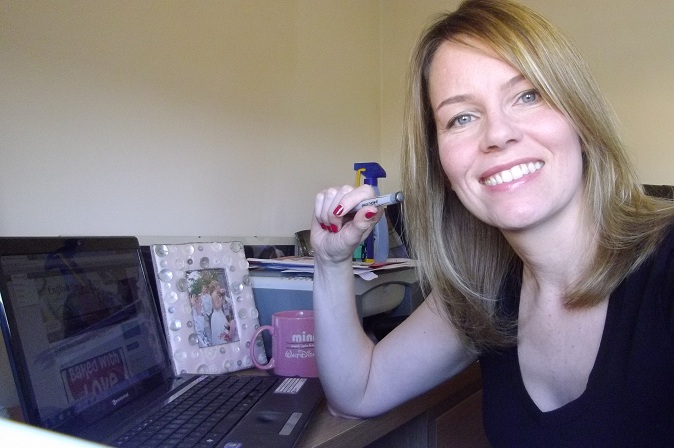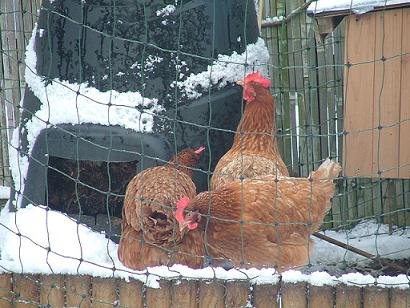 We love pancake day. Let’s face it there aren’t many days in the year when we go ‘sod it, let’s skip dinner and go straight for dessert’ so being total gluttons, Shrove Tuesday (21st Feb) is a big favourite in the English household.
We love pancake day. Let’s face it there aren’t many days in the year when we go ‘sod it, let’s skip dinner and go straight for dessert’ so being total gluttons, Shrove Tuesday (21st Feb) is a big favourite in the English household.
Even if you’re not very confident at cooking, it’s really easy to make pancakes. Here’s a little step by step guide.
I usually make an obscene amount of batter, but this amount will feed a family of four quite generously. You’ll find a gazillion different pancake recipes, but this is an old favourite and works a treat, so why mess with it?:
All you really need is:
200g plain flour
2 eggs (make sure they’re cage free - see below)
600ml milk
So just sift the flour into a large bowl. Make a well in the centre of the flour and crack the eggs into it.
With a wooden spoon, break up the eggs and start stirring gently, gradually bringing the flour into the mix.
Now, slowly add in the milk, stirring all the time (you can change to a whisk here if you like) until you get a nice smooth batter (this batter can be made up to a day in advance and kept, covered in the fridge).
When you’re ready, add a tiny splash of oil into a heavy-based frying pan (you really don’t need a lot at all - I very rarely top up after that initial splash - as long as you’ve got a decent non-stick pan). Pour in enough batter just to cover the bottom of the pan evenly when swirled around (any more and your pancake won’t cook evenly). Now leave it to cook on the bottom. Carefully lift up an edge to check how it’s cooking, and when it’s lightly browned, give it a shake to free it from the pan. Feel free to flip here, or just flap it over with a wide fish slice.
Keep your finished pancakes warm in a low oven, covered loosely with foil, while you make the rest.
Now to fillings: we’re classic lemon and sugar, generally, but try fruit compote, Nutella, bananas and honey, or that lush salted caramel sauce stuff from Marks and Spencer (nomnomnom).
If you don’t fancy big, flat ‘crepe’ style pancakes, you can also make ‘Scotch’ pancakes, the small, American-style ones. Here’s a link to one of my recipes (my lot prefer these for breakfast with bacon and lashes of maple syrup:
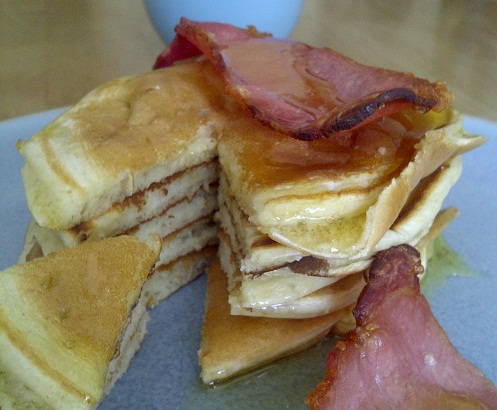
And now a note on the humble egg. It’s true that battery cages have been banned in the EU, but so called ‘enriched’ battery cages are still allowed. This horrible practice gives each bird just about the size of an A4 piece of paper. I know, right? That teeny space for all the lovely perchy, scritchy rootly, flappy stuff that hens love to do. Obviously meaning that they have great trouble doing it. And as a former hen-keeper, and knowing what lovely, intelligent, happy little dudes they are, this upsets me.
All of us can vote with our feet (and our wallets) and make sure we don’t buy eggs from these cages. The less we buy, the less demand there will be and, hopefully, the less ‘enriched’ battery cages will exist. At the very least, switch to barn eggs (I’m not a huge fan, but at least they’re cage free).
The RSPCA have produced this handy guide to the (often confusing) wording on egg packaging. And it’s not just boxes of eggs that could contain these caged eggs - there’s sandwiches, mayonnaise, pasta, cakes and quiches. I think it’s time for a little transparency so we all know what we’re buying. Lots of supermarkets already offer ranges that contain free-range eggs, including ALL Marks & Spencer products, all Waitrose own-brand products, all Sainsbury’s own-brand products, all Co-op own-brand products, Morrisons ‘The Best’ range, Tesco ‘Finest’ range and the Asda ‘Extra Special’ range.
Let’s all make sure we pick wisely eh?
More information about the RSPCA’s campaign and cage-free eggs: http://www.rspca.org.uk/eggs

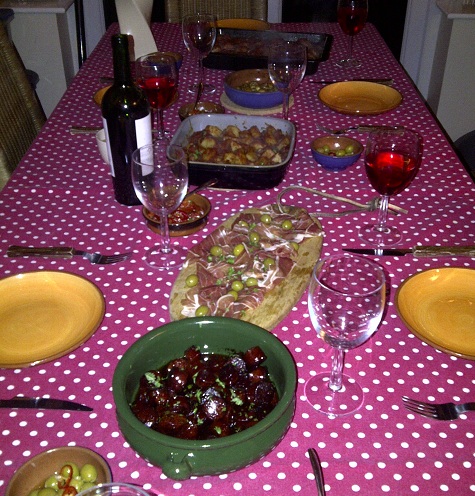

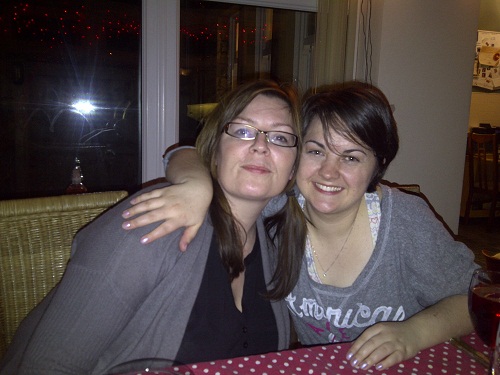





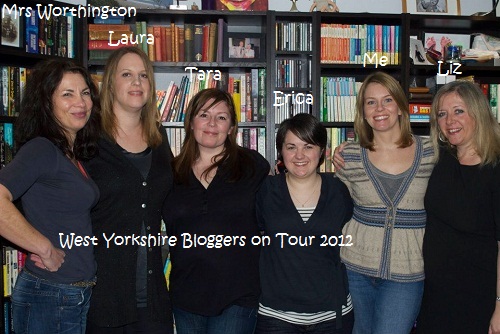


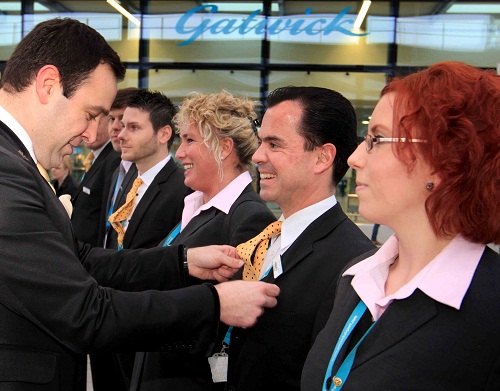


 We love pancake day. Let’s face it there aren’t many days in the year when we go ‘sod it, let’s skip dinner and go straight for dessert’ so being total gluttons, Shrove Tuesday (21st Feb) is a big favourite in the English household.
We love pancake day. Let’s face it there aren’t many days in the year when we go ‘sod it, let’s skip dinner and go straight for dessert’ so being total gluttons, Shrove Tuesday (21st Feb) is a big favourite in the English household.

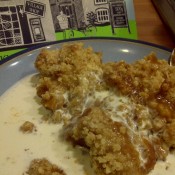
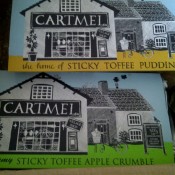
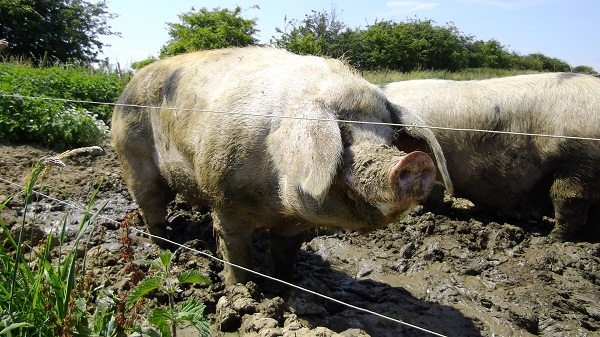

 Mari’s amazingly squishy
Mari’s amazingly squishy 





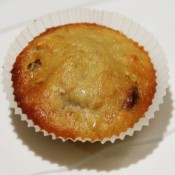
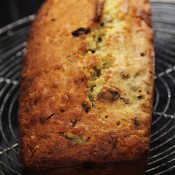
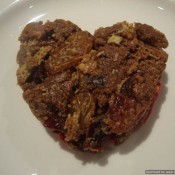


















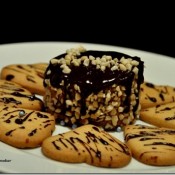
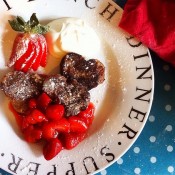

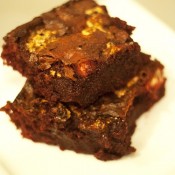
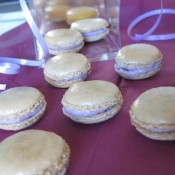
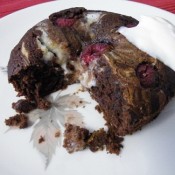





 I miss my lovely Irish garden and gathering fresh vegetables and herbs from my raised veggie bed, but this book has made me see that I can do just as much now on my small patio with lots of containers: I can fill my little garden with wigwams of sweet peas and clematis, grow lovage and dill in pots (there are some beautiful, simple recipes), and make sure I have mint on my kitchen windowsill for fabulous mojitos too.
I miss my lovely Irish garden and gathering fresh vegetables and herbs from my raised veggie bed, but this book has made me see that I can do just as much now on my small patio with lots of containers: I can fill my little garden with wigwams of sweet peas and clematis, grow lovage and dill in pots (there are some beautiful, simple recipes), and make sure I have mint on my kitchen windowsill for fabulous mojitos too.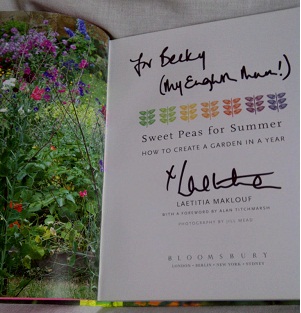

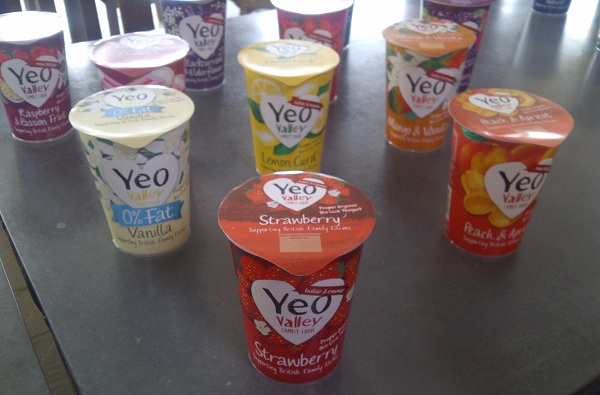
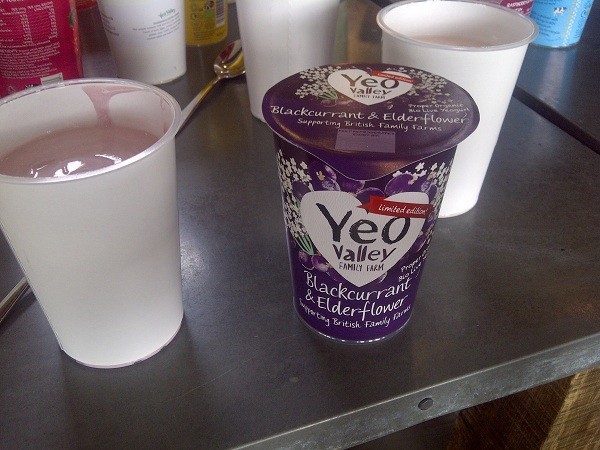
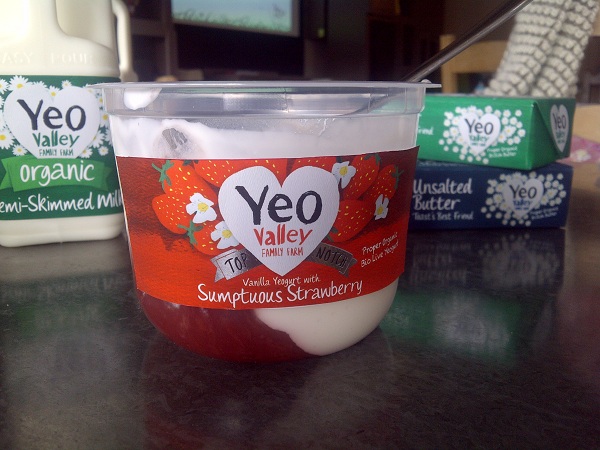
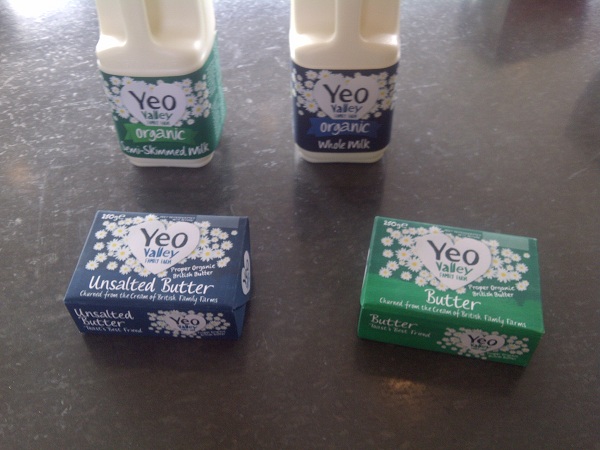
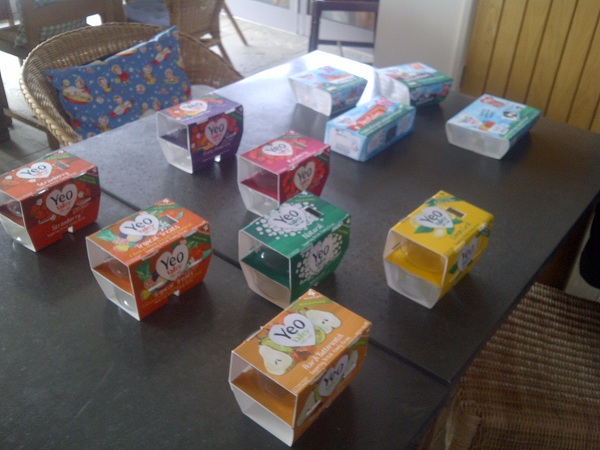

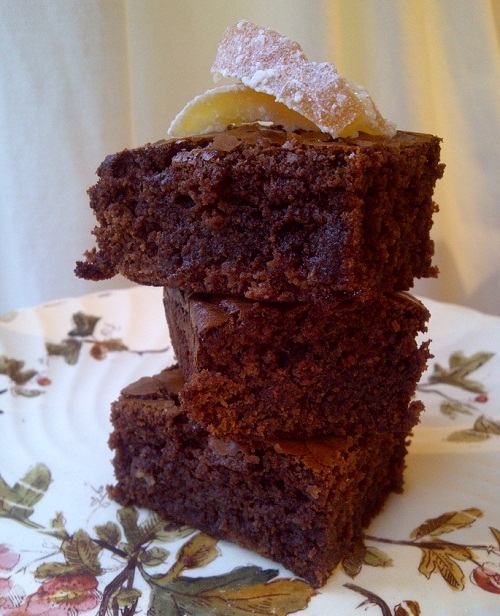
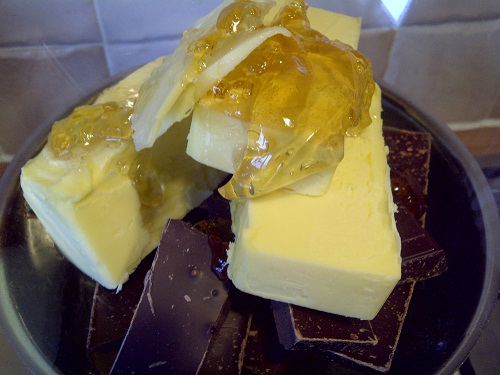
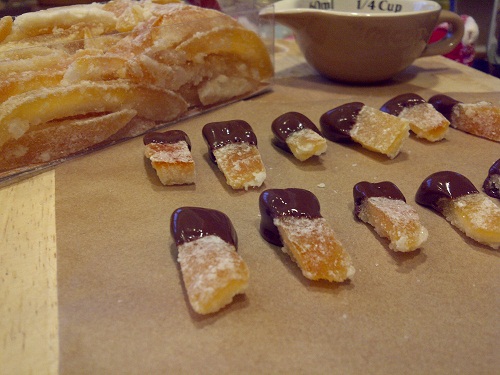
 So finally… FINALLY!
So finally… FINALLY! 